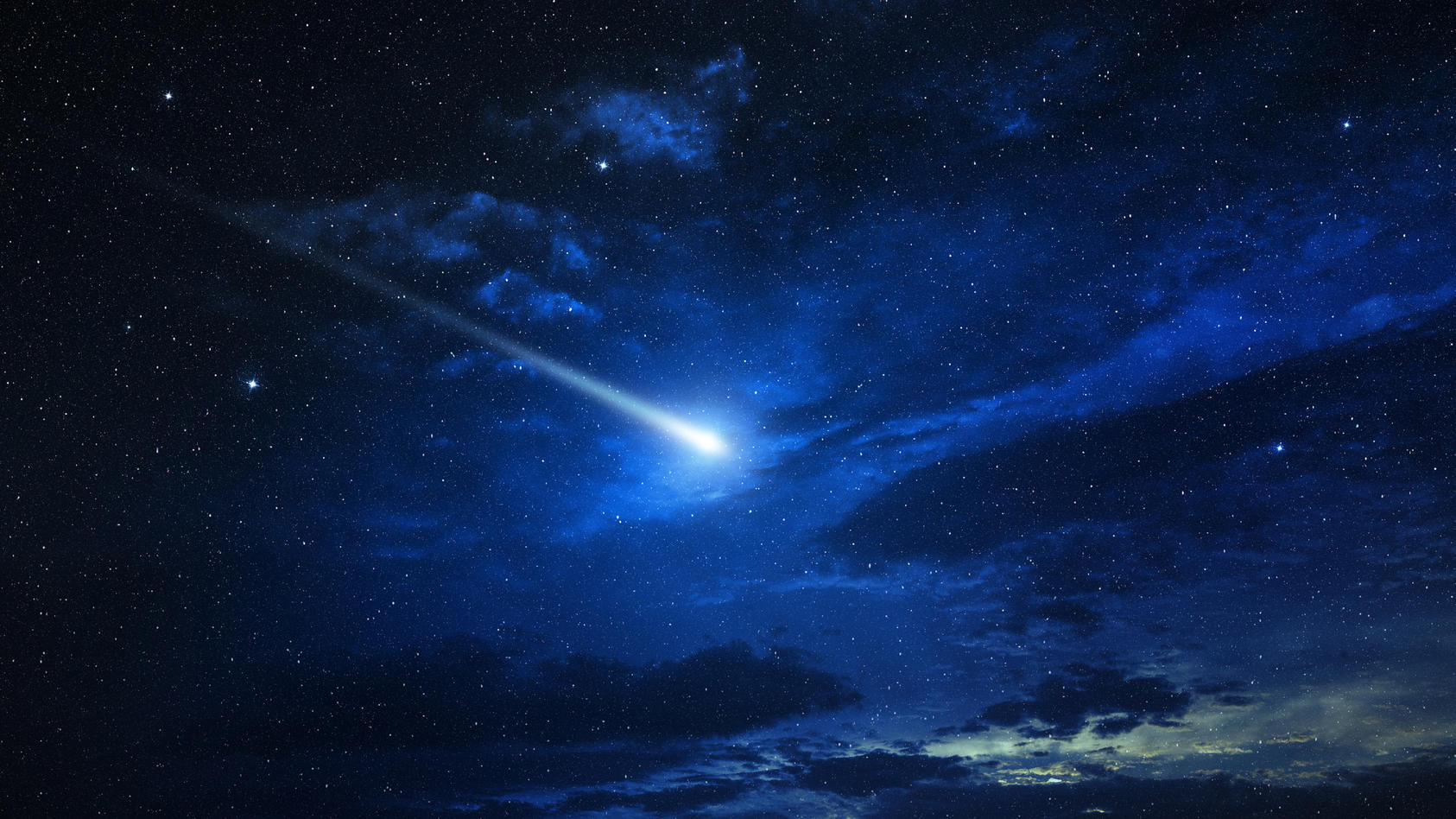Comet C/2023 A3 (Tuchinshan-ATLAS) has been generating excitement and hope in the astronomical community since its discovery on January 9, 2023. With its potential brightness and favorable location in the fall of 2024, it is already being considered a potential “comet of the century.” But whether it can live up to that title remains in doubt.
The comet was independently discovered by the ATLAS telescope in South Africa and the Purple Mountain Observatory. With an orbital period of about 80,660 years, C/2023 A3 is one of the long-period comets that rarely passes through the inner solar system. It will reach its closest point to the Sun, perihelion, on September 27, 2024. At that point, it will be about 58 million kilometers from the Sun, a relatively close distance that promises to be a spectacular sight.
Authority without letters: How did Apophis and other asteroids get their names?
C/2023 A3 could make a major appearance in October 2024: The comet is expected to reach magnitude 2 MG in brightness, making it a striking object in the evening sky. Its path will pass through the constellation Leo, giving observers in the Northern Hemisphere the best chance to see the cosmic spectacle with the naked eye. The comet should be seen in all its glory, especially in the second half of October.
But anticipation has been dampened by a worrying study by astronomer Zdenek Sikanina of NASA’s Jet Propulsion Laboratory. Sikanina has found evidence that the comet may break up before reaching perihelion. His conclusions are based on recent observations showing a significant decrease in dust production and an unusual brightness of the comet. These changes, along with the unusual shape of the comet’s tail and non-gravitational accelerations, could indicate fragmentation.
Reading advice: The heart of the earth is slowing down, and the days are getting shorter.
However, astronomers are divided. While some support Sikaina’s analysis, there are also skeptics who point out that the comet so far shows no signs of imminent disintegration. They argue that such observations were not rare in the past, and still make viewing spectacular comets possible.
Whether C/2023 A3 (Zuchenshan-Atlas) will indeed become the “comet of the century” or whether it will disintegrate before reaching its peak visibility remains to be seen. The coming months will show whether astronomers’ hopes will be fulfilled or whether the comet will disintegrate into the vastness of space. Until then, the celestial body remains a fascinating subject for observers and researchers alike.
Reading advice: NASA Offers Special Look at Our Solar System

“Total coffee aficionado. Travel buff. Music ninja. Bacon nerd. Beeraholic.”








More Stories
Coral Seeding: Artificial Insemination Makes Coral More Heat Tolerant
Fear, Anger, and Denial: How People Respond to Climate Change – Research
LKH Graz: Using radiation to combat heart arrhythmias